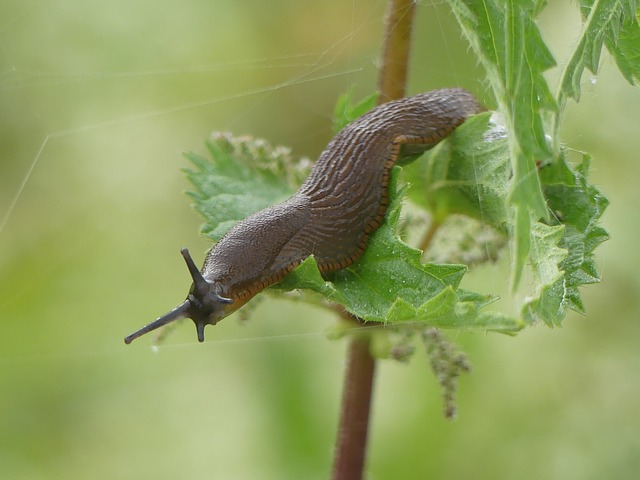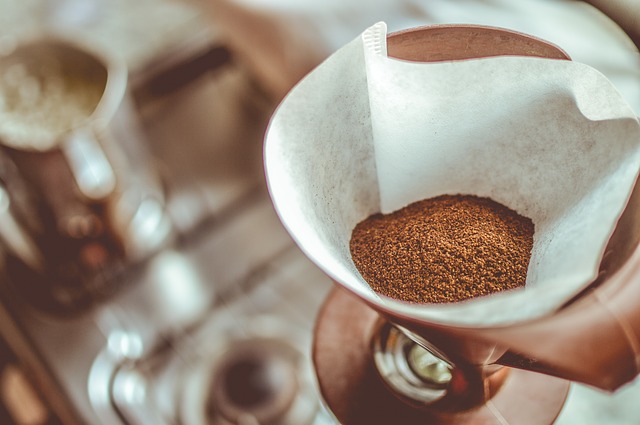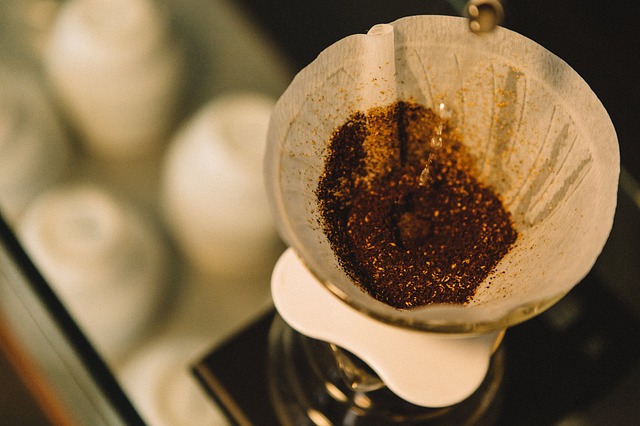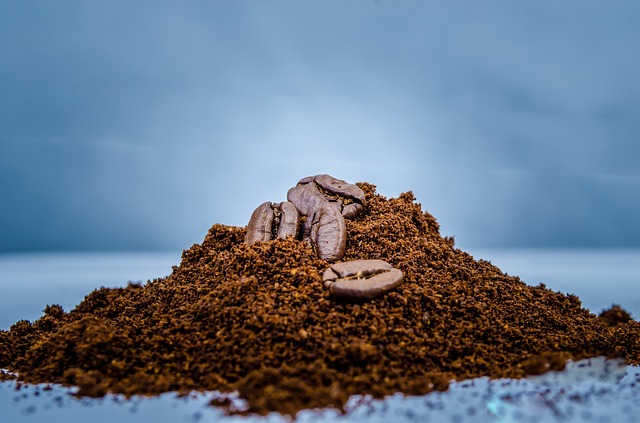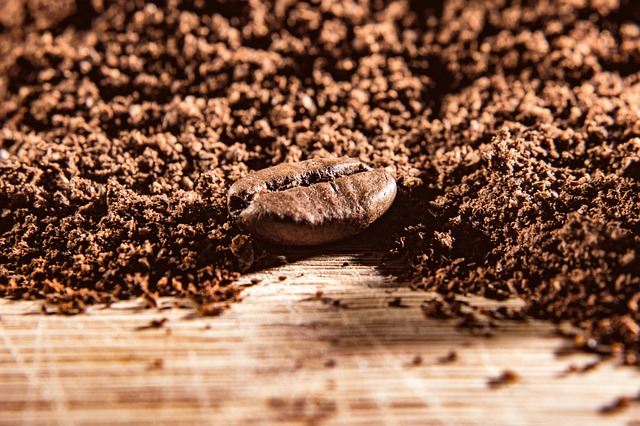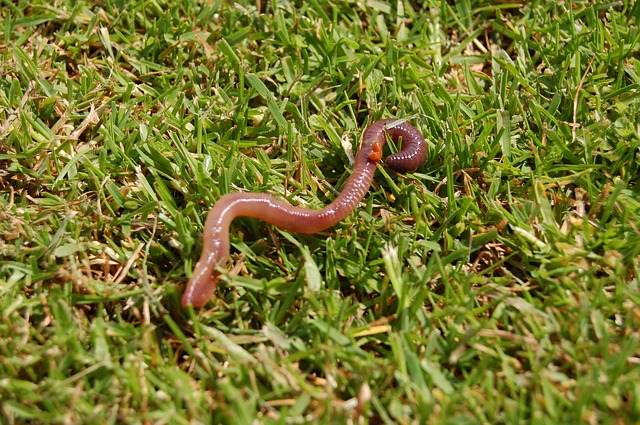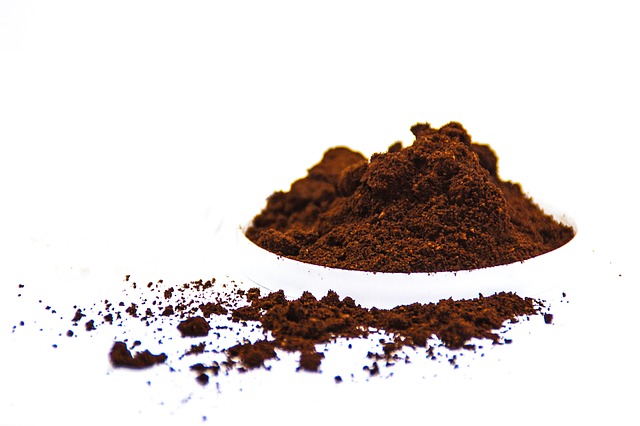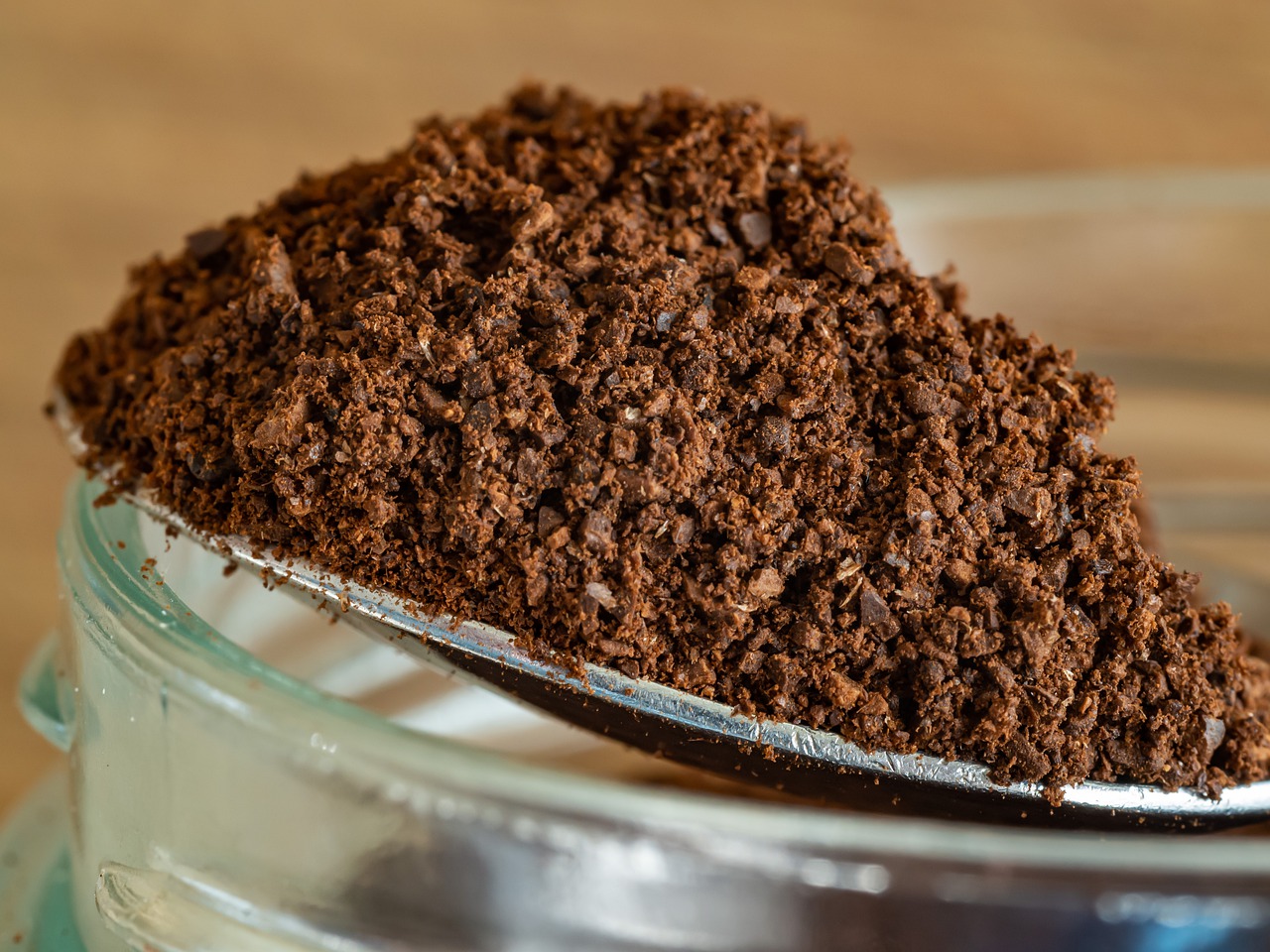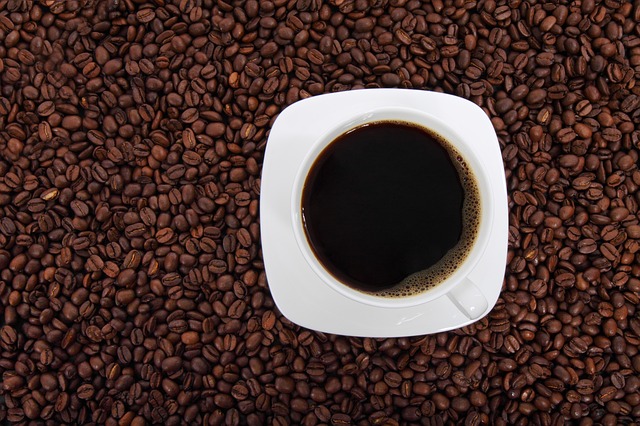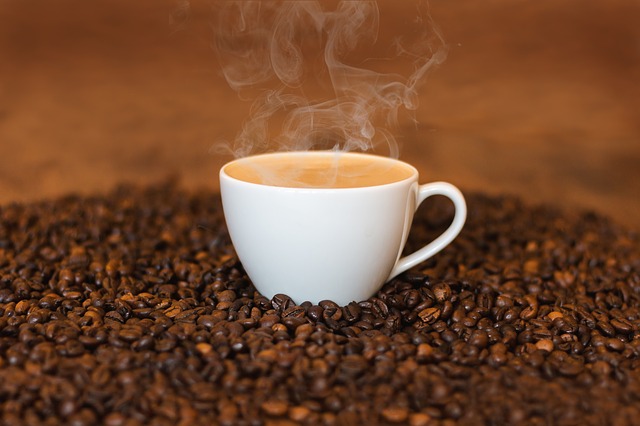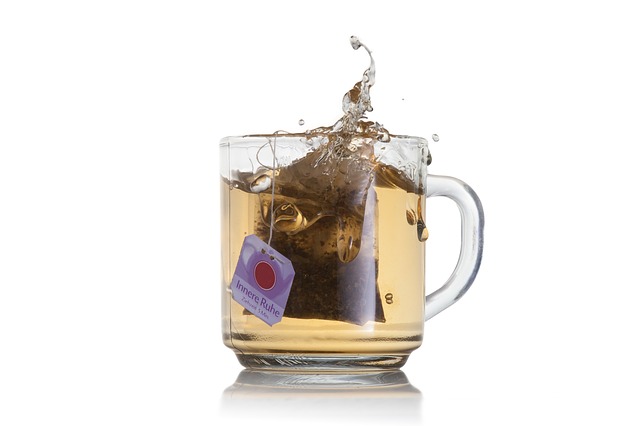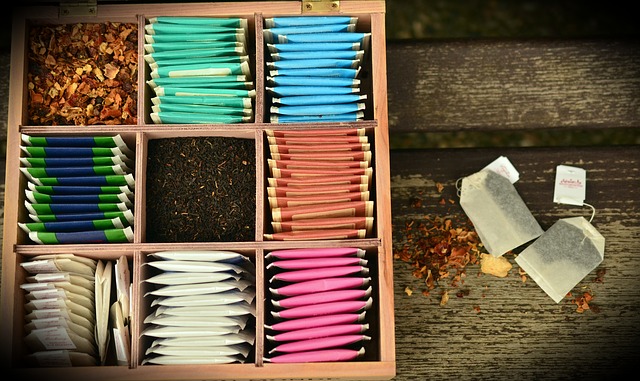
Unfortunately, not all soil has the nutrients that plants need to grow and thrive. In some cases, it may be lacking in one area or another and therefore need a boost. Here are the most common types of soil deficiency and the best ways to deal with each of them.
Nitrogen Deficiency
Nitrogen is important for chlorophyll production in plants which allows for green leafy growth. Plants in nitrogen-deficient soil will typically have leaves that are yellow or even red along with reduced growth.
Typically this deficiency is seen in soil that has low organic content. To add nitrogen to the soil you can use organic matter such as manure or compost. A high nitrogen fertilizer such as chicken manure pellets can also help.
Phosphorus Deficiency
Phosphorous is necessary for normal plant growth and maturity. It also plays a role in energy storage, cell division, and helps with photosynthesis among other processes. Symptoms of a phosphorus deficiency in soil are often poor plant growth and a lower than normal rate of fruit and flower production.
Leaves may also be smaller in size and have a purple or yellow discoloration. A phosphorous deficiency often occurs after heavy rains, or in soils that are more acidic or clay-based. Adding phosphorus to soil can be accomplished by applying bone meal or a super phosphate fertilizer.
Potassium Deficiency
Potassium regulates carbon dioxide uptake and encourages flower and fruit growth. Evidence of a potassium deficiency in soil are curled and scorched leaves. This deficiency can be a big problem for plants that require a lot of potassium such as tomatoes, beans, and fruits.
There is often low potassium in soil that is peaty or sandy. To boost the amount many gardeners use sulfate of potash or tomato feed. As a potassium supplement, you can also use banana peels in the garden as well. Although you may want to bury them so you don’t attract backyard pests.
Calcium Deficiency
Calcium is vital for keeping together a plant’s cell walls. A calcium deficiency in soil often produces plants that have distorted shoots and root tips. Plants such as tomatoes tend to have what’s known as blossom end rot, while apples often have dark spots under their skin.
Both under-watered and acidic soils can make it difficult for plants to take in calcium. Lime and gypsum are the most common choices for adding calcium to the soil.
Iron Deficiency
While plants only need a small amount of it, iron plays a big part in helping with photosynthesis, respiration, and producing healthy green leaves. Iron deficiency in soil will often cause yellowing between leaf veins and stunted growth.
More severe deficiencies may cause leaves to appear white in color. They often occur when plants that need a high soil pH are grown in alkaline soil. A granular or powdered chelated iron soil supplement can help to improve iron levels.
Magnesium Deficiency
Magnesium is a building block of chlorophyll and therefore very important to photosynthesis. A magnesium deficiency in soil will typically result in the yellowing of leaves which may also include brown spots. In more serious cases withering and dropping of leaves can occur.
It many times occurs in sandy soil particularly after periods of a lot of rain. Too much potassium in the soil can actually lead to the plant absorbing it instead of magnesium. And this can lead to a magnesium deficiency as well. Both Epsom salts and lime can work well for adding magnesium to the soil.
By keeping an eye out for any of the symptoms listed above you can quickly identify which type of soil deficiency is the culprit. And by following the recommended solution you should be able to improve the quality of your soil and garden as soon as possible.
Start Shopping for Fertilizers!
Does Copper Tape Stop Slugs?
Does copper tape stop slugs? The answer is yes. And you can use this simple solution to keep your plants safe from those slimy plant-eating pests. Repel Slimy Garden Invaders Without Harm Despite being relatively small and very slow-moving, slugs can do a lot of...
Coffee Grounds For Flowers
For many of us, there’s nothing we’d rather do than relax with a cup of coffee near the flower garden. Most people don’t realize however that the grounds used to make our coffee can help to increase the health and beauty of our garden. Here’s what you’ll need to know...
Coffee Grounds For Roses
Using coffee grounds for roses is a fabulous way to improve the health of your plants, helping them to produce those gorgeous flowers you’ve been dreaming of. But there are a few things you’ll need to know before getting started. Conditions Roses Prefer Roses do best...
Do Roses Like Coffee Grounds?
Do roses like coffee grounds? This is something many gardeners wonder about, especially since feeding roses coffee grounds has been a practice that’s been around a very long time. The answer is yes they do, and here’s what you’ll want to know. Roses And Acidic Soil...
How To Use Coffee Grounds For Grass
You’ll want to think twice before you toss your used coffee grounds in the trash every day. Those grounds can actually be used to feed and increase the health of your lawn. Here’s everything you’ll want to know about using coffee grounds for grass. Advantages Of...
Are Coffee Grounds Good For Grass?
Are coffee grounds good for grass? The answer is yes, so you may want to think twice before throwing away your used grounds after your morning cup of coffee. Instead, you can put them to work helping increase the beauty of your lawn. Benefits Of Using Coffee Grounds...
Are Worms Good For Your Lawn?
Despite their slimy looks worms are well-known for being very helpful in the garden. But are worms good for your lawn? You bet they are, and here’s why! Aeration As worms travel from place to place in the soil below your lawn, they create a maze of tunnels. And those...
How To Use Coffee Grounds For Snails
You don’t have to kill those annoying garden snails in order to keep them from eating your plants. In fact, you can use your morning coffee as a non-lethal weapon against them. When they come into contact with your coffee grounds snails will turn right around and...
How To Use Coffee Grounds For Ants
There are endless sprays and poisons you can use to get rid of ants. However, you won’t have to look any further than your morning cup of coffee if you’d like a repellent that doesn’t contain any harmful chemicals. By using coffee grounds ants will stay away and kids...
Which Plants Like Coffee Grounds?
While using coffee grounds in the garden offers quite a few benefits, they can be slightly acid and therefore not appropriate for all plants. So which plants like coffee grounds? Here’s what you’ll need to know. The Basics Of Coffee Grounds Coffee grounds contain...
Coffee Grounds And Hydrangeas
While many people love their hydrangeas, they often would love them even more if they were blue. Luckily the grounds from your morning cup of coffee can help you to achieve those gorgeous blue blooms. Here’s what you’ll need to know about coffee grounds and...
Coffee Grounds For Worms
Worms are an extremely helpful component of any compost bin or pile, not to mention worm farms. And it turns your morning cup of coffee can contribute to their diet. Using coffee grounds for worms is an easy way to keep them from heading to the local landfill while...
Using Coffee Grounds In The Garden
Your morning cup of coffee can help you to not only start your day off right, but in the garden as well. The grounds used to make it have many important properties that are ideal for both plants and soil. By using your coffee grounds in the garden you’ll be able to...
Using Coffee Grounds In Compost
It’s estimated that over two billion cups of coffee are consumed around the world each and every day. And that’s an enormous volume of grounds which are used and then tossed in the trash. By using coffee grounds in compost instead, you can help cut down on waste and...
Used Tea Bags In The Garden
Many people don’t realize that once you’ve had a cup of tea, your tea bag can be used again in quite a few other ways. There are actually many great uses for used tea bags in the garden. And here are some of the best! Free Natural Fertilizer The tea leaves and...
Used Tea Bags In The Compost
The next time you have your daily cup of tea, you may want to think twice about throwing that tea bag in the trash. Instead of contributing extra waste to landfills, you can help the environment and your garden by placing used tea bags in the compost. But before you...
5 Eco-Unfriendly Things You Do That Kill Your Garden
Any budding gardener out there wants to do the best for their garden and their plants. But are you accidentally causing it harm? Here are five eco-friendly things you do that kill your garden: Buying Plants that Contain Pesticides You may not use pesticides yourself...
7 Reasons You Need to Start Gardening Now
Looking for a fun hobby to help you relax? Get outside and get to work in a garden. Gardening has a variety of benefits for your mental, physical and spiritual health. Wondering how tending to plants can help you tend to your health? Here are seven ways gardening can...
Quick Tips To Speed Up Compost Times
Compost is an excellent soil conditioner and natural fertilizer. However, it can take quite a while for it to break down into a form that you can use. Luckily there are a handful of simple things you can do to help speed up compost times without much effort. Size In...
The Best Places To Find Free Composting Materials
Many people are interested in composting but feel like they don’t have access to enough organic materials. Luckily there are a range of places you can find free composting materials to get started or make your current pile bigger. Here are some of the best and easiest...
